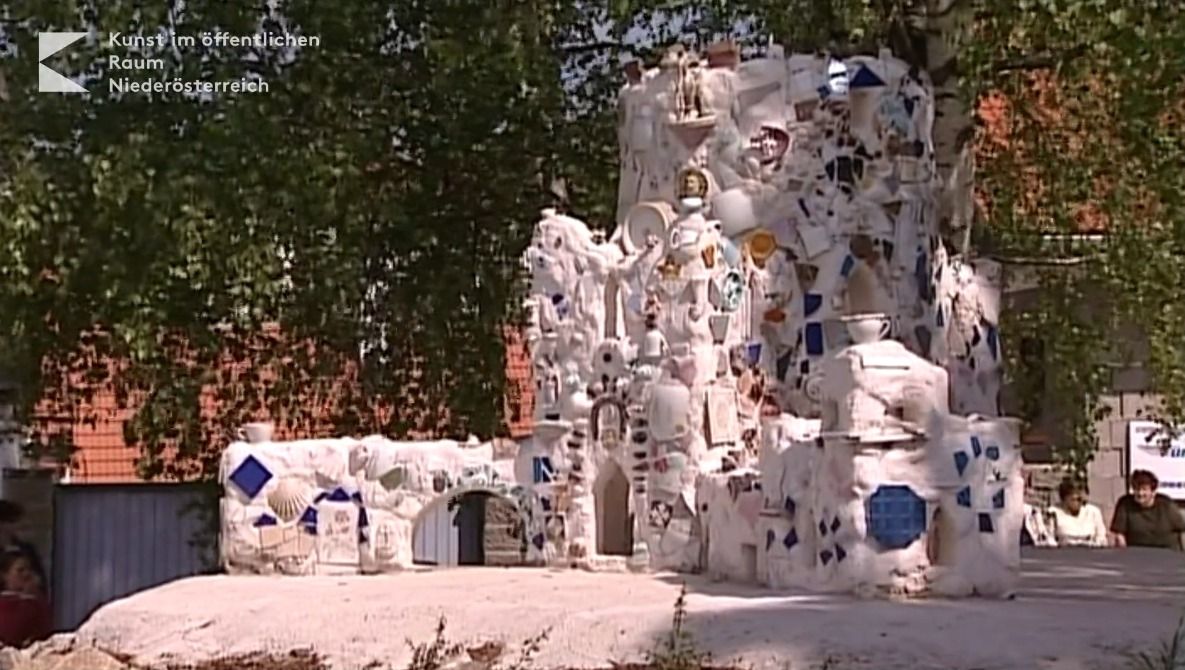Tassilo Blittersdorff
:
Hanslburg
Back
Information
Blittersdorff's object is the reproduction of the 'Hanslburg', a little known artifical ruin in the woods near Loosdorf. He wanted the local population to interact with his work and find a new way of identifying with the building which he had done extensive research on.
Thus, he can prove that the ruin which dates back to before 1800 was definitely the work of the garden design school made popular by the field marshal Johann I, Prince of Liechtenstein. It is an early example of that particular garden and landscape architecture which was quite unusual in Austria at that time.
He also can proove that Josef Hardtmuth was the architect of the 'Hanslburg'. From 1790 to 1812 Hardtmuth, architect and pencil manufacturer, carried out all the building projects for the Liechtensteins at their estates in Austria and Bohemia. Blittersdorff can substantiate his theory by comparing the object in question with two other ruins - the 'Hanslburg' in Eisgrub and the Black Tower on the Liechtensiten estate in Mödling - which were also designed by that architect, in 1807 - 1810 and 1810 respectively.
Blittersdorff created a miniature version of the 'Hanslburg', a kind of play castle which he delivered to the village centre so the locals would become aware of it. Just as recycling played an important role during the construction of the original 'Hanslburg', so it did for the 'play castles' of the second half of the past century. The miniature 'Hanslburg' is a brick construction with pebble stones as plaster, adorned with found objects Blittersdorff had collected in the village.
(Susanne Neuburger)



